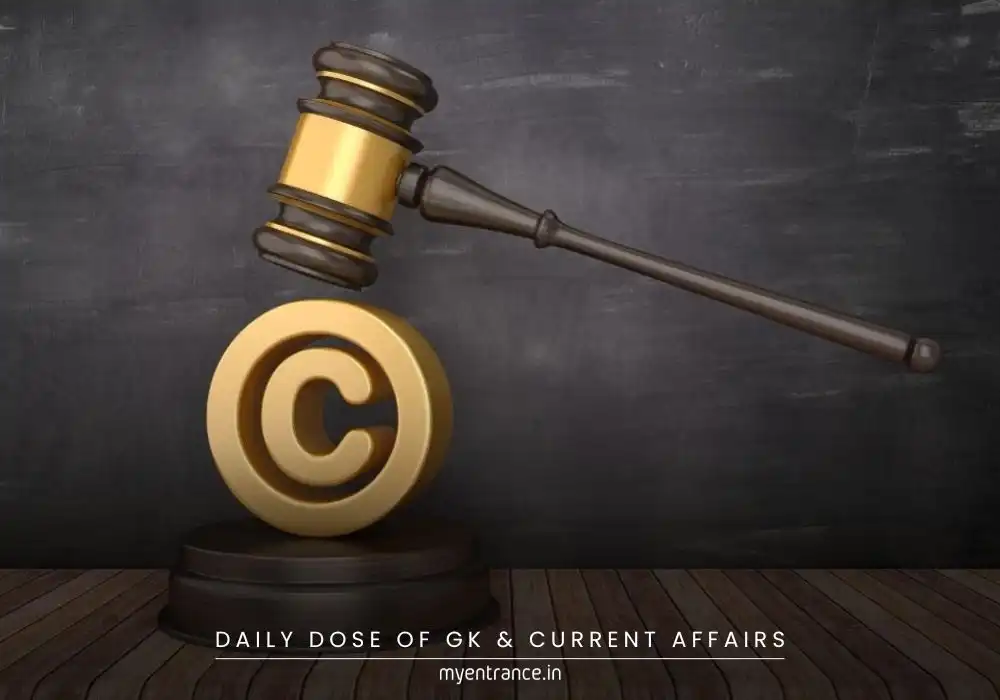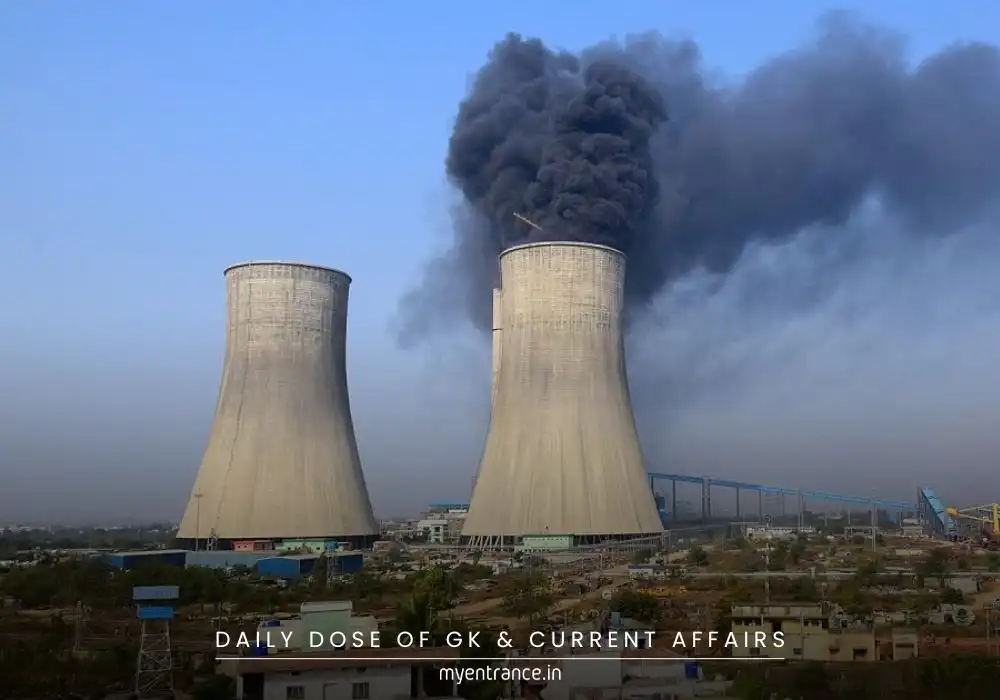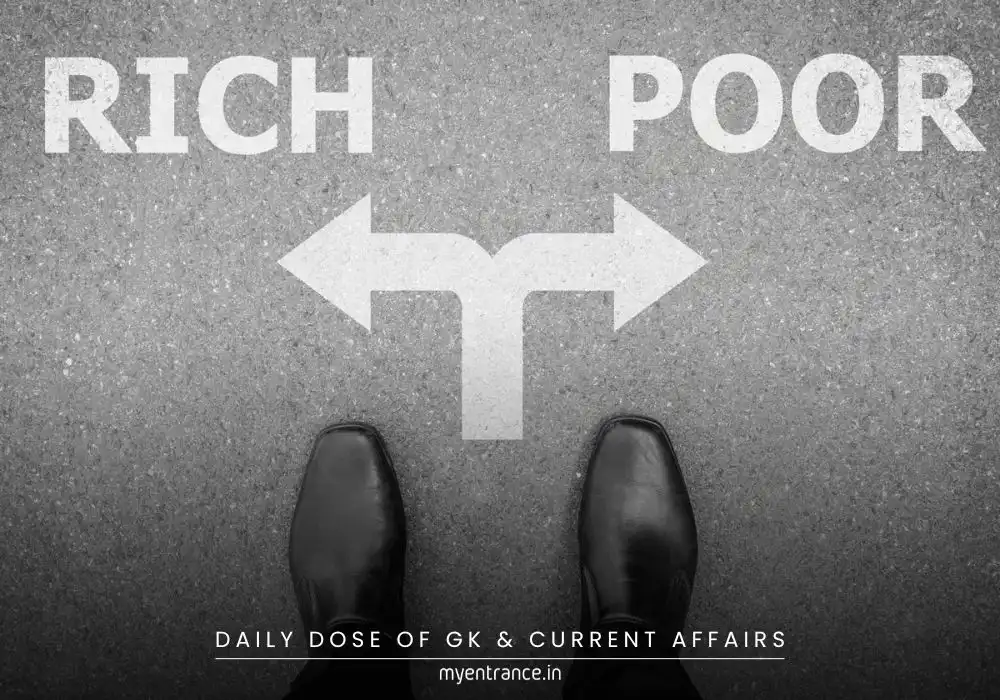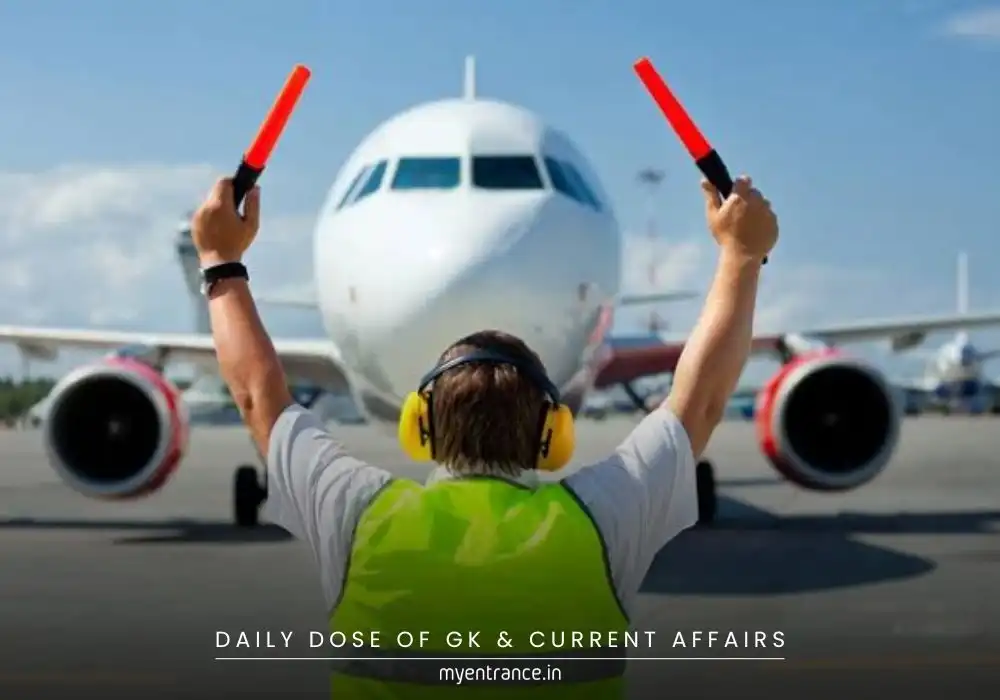Select Language
Suez Canal Crisis: Impact on India, Global Trade & Entrance Exam Relevance
The Red Sea-Suez Canal corridor is a vital artery for 12% of global trade, now jeopardized by West Asian conflicts. For UPSC aspirants, understanding this chokepoint’s geopolitical and economic ripple effects is non-negotiable.
Red Sea & Suez Canal: Significance and Current Crisis
Why in News?
Fresh tensions between Iran and Israel have reignited fears of trade disruptions. With Israeli strikes targeting Iranian sites, experts warn Iran could retaliate by closing the Strait of Hormuz—a move that would paralyze 25% of global oil shipments. This comes just as shippers resumed Red Sea routes after avoiding Houthi attacks via the longer Cape of Good Hope.
Key Facts: Suez Canal
Opened: November 17, 1869.
Length: 193 km (connects Mediterranean Sea to Red Sea).
Strategic Value: Shortens Asia-Europe distance by 7,000 km, bypassing Africa.
Trade Share: Handles 12-15% of global trade and 8-10% of oil/LNG shipments.
Recent Data (2025): Daily trade volume fell to 484,137 metric tons (vs. 1.35 million tons in 2024) due to Red Sea instability.
Historical Timeline
Ancient Roots: Pharaoh Senausret III explored canal construction (2000 BCE).
Modern Catalyst: French diplomat Ferdinand de Lesseps secured Egypt’s backing in 1858.
Construction: Completed in 1869 after 10 grueling years, claiming thousands of lives.
Conflict Era: Shut during 1967–1975 Arab-Israeli wars.
Geopolitical & Economic Challenges
Bottleneck Risks:
Despite expansions, the canal faces chronic congestion.
Example: Ever Given blockage (2021) halted traffic for a week, costing $9.6 billion/day.
Impact on India:
80% of India-Europe trade relies on this route.
Rerouting via Africa increases freight costs by 40-60%, squeezing exporter margins.
Strait of Hormuz Threat:
A potential Iranian closure could spike oil prices and disrupt Qatar’s LNG supplies to India.
Sample Q&A for Exam Prep
Q: How did the Suez Canal alter global maritime trade?
A: It reduced Asia-Europe travel by 7,000 km, becoming a lifeline for 12-15% of world trade.
Q: Why is the Strait of Hormuz strategically vital?
A: It channels 20-25% of global oil and Qatar’s LNG exports, making it a flashpoint in Iran-West tensions.
Q: How did the 2021 Ever Given incident impact global supply chains?
A: The 7-day blockage disrupted $60 billion in trade, exposing the canal’s vulnerability.
Q: What is India’s exposure to Red Sea trade disruptions?
A: 80% of India-Europe cargo transits the Suez Canal; rerouting raises costs and delays shipments.
Q: Contrast the engineering of Panama and Suez Canals.
A: Panama uses locks to bridge elevation gaps between oceans; Suez is a sea-level canal.
Most Predicted Questions
Comprehensive study materials, Expert-guided tips & tricks, Mock tests and instant results.
Start your SSC, NIFT, NID, FDDI, PSC journey today with MyEntrance, your ultimate online coaching platform.








